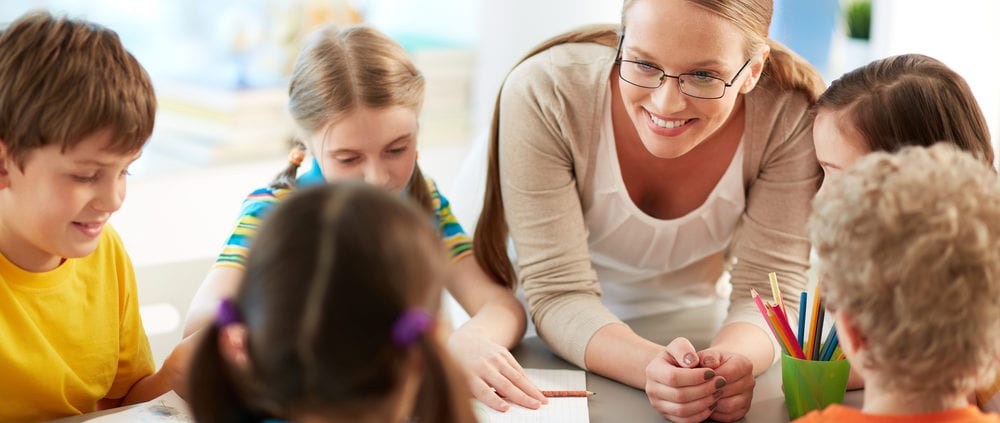Social Emotional Learning: Implementing Sociograms
Fostering Success: The Role of Social Emotional Learning in Classrooms
Classrooms play a crucial role in children’s intellectual and emotional development. Outside the home, they learn values and behavioral norms. That’s why preschools are incorporating Social Emotional Learning (SEL) into their education.
Social Emotional Learning: The Essential Ingredient for Well-Rounded Education
Social Emotional Learning (SEL) integrates various education aspects and life skills into the school curriculum, helping children succeed in school, careers, relationships, and life. Research shows SEL increases achievement rates and encourages positive habits and behaviors, like kindness, empathy, sharing, and gratitude.
There are 5 key skills that are taught through Social Emotional Learning:
- Self-Awareness: SEL helps children understand their emotions, strengths, weaknesses, and the consequences of their actions.
- Self-Management: It guides children towards independence by controlling emotions, behaviors, and reactions.
- Social Awareness: SEL enables children to become aware of different cultures and backgrounds, understanding and empathizing with others.
- Relationship Skills: It aids in developing and maintaining healthy relationships and acting within social norms.
- Responsible Decision Making: SEL teaches responsible decision-making, considering the consequences of thoughts and actions.
Emotional Growth in the Classroom: Practical Approaches to SEL Integration
Teachers can implement these lessons through sharing experiences, engaging in social activities, teaching about different cultures and social norms, developing social skills, and creating a diverse environment. SEL helps young children learn these valuable skills at an early age. SEL can be incorporated into all learning, and sociograms can help map social interactions for older students.
Teachers can use the help of sociograms to map out social interactions and create a socially dynamic classroom, especially with older students.
Constructing a Sociogram
To create a sociogram, ask each student to write down two other students they’d like to partner with in a group activity. Collect the names and create a flow-chart, identifying isolates, gender divisions, and groups. Sociograms help teachers focus their attention and implement SEL tailored to their classroom’s needs.
For questions or concerns about implementing sociograms, contact Tessa International School.



















